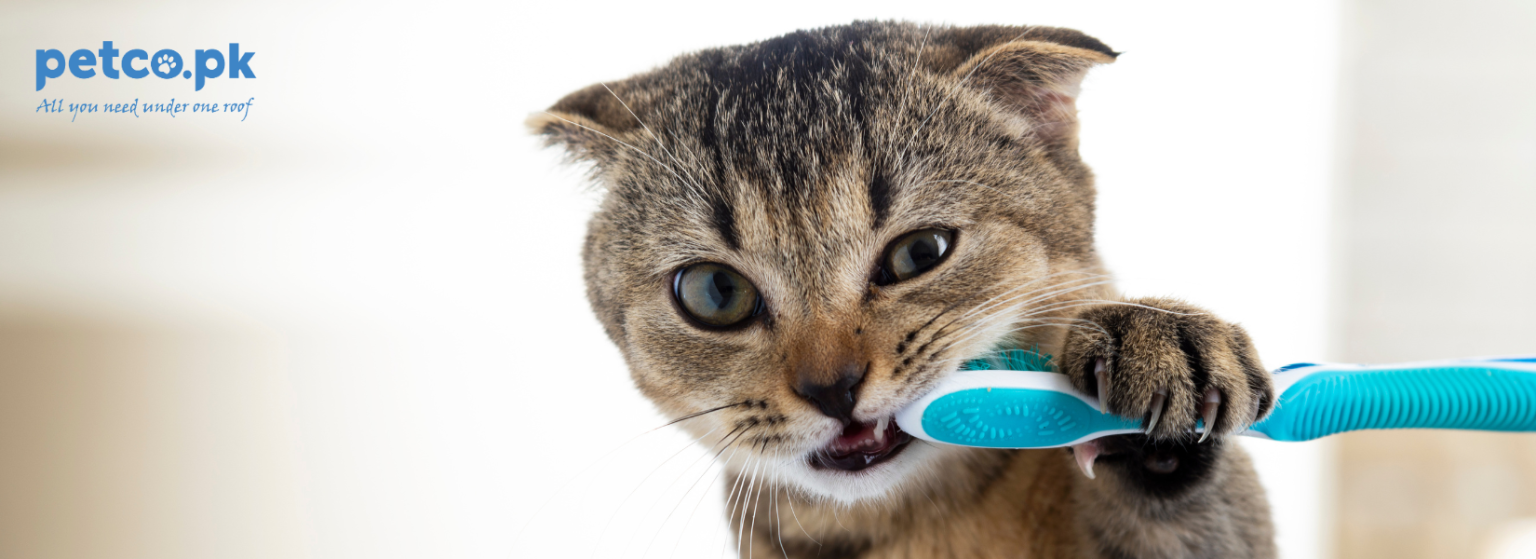Pet Dental Care for Strong Teeth

A bright, healthy smile is more than just aesthetic—it’s a key indicator of your pet’s overall health. Poor oral hygiene in pets can lead to periodontal disease, tooth loss, and even serious systemic problems such as heart, kidney, and liver disease. Research indicates that periodontal issues are common in dogs and cats by age three, yet despite professional recommendations, only a small percentage of pet owners maintain regular brushing routines. From daily habits to professional care, this guide outlines everything you need to help your pet enjoy long-lasting dental health.
Why Pet Dental Health Matters
The Systemic Impact of Oral Disease
A foul smell might seem harmless, but persistent bad breath often signals deeper issues. Unchecked oral bacteria can enter the bloodstream, impacting vital organs like the heart and kidneys. Gum infections can trigger inflammation that spreads throughout the body, making dental hygiene more critical than many pet owners realize.
Early Signs and Dangers of Dental Disease
Pets often hide discomfort, but symptoms like red or bleeding gums, pawing at the mouth, and difficulty eating are all warning signs. Regularly inspecting your pet’s mouth—including lifting the lip to check for plaque and tartar—can help detect problems early before they escalate into serious health concerns.
Building an Effective Daily Dental Routine
Brushing: The Gold Standard
Brushing is the most effective way to remove plaque buildup. It’s recommended to brush your pet’s teeth daily or at least three to five times a week using a toothbrush and toothpaste designed specifically for pets. Human toothpaste is not safe for animals and should never be used. Gradually introducing your pet to brushing through short sessions, praise, and rewards can make the process easier and more enjoyable for both of you.
Dental Chews and Toys
Chews and toys help clean your pet’s teeth by mechanically removing plaque. Many products are specially designed with ridges and textures that encourage chewing and support dental hygiene. Look for vet-recommended options that have been tested for effectiveness. These can be especially helpful for pets that resist brushing.
Dietary Support with Dental-Health Formulas
Some dry kibbles are designed to promote dental health by having a specific shape or texture that helps scrub teeth as your pet eats. Certain formulas also contain ingredients that help reduce plaque and support enamel strength. Avoid giving sugary treats or human food scraps, which can worsen dental problems.
Supplemental Dental Care Tools
Water Additives and Oral Rinses
Water additives and oral rinses are useful for pets that dislike brushing. These products can help reduce bacteria and freshen breath throughout the day. While not a substitute for brushing, they add another layer of protection and can be part of a balanced dental care routine. Always use veterinary-approved formulas that are safe for pets.
Dental Wipes
Dental wipes are a convenient option for cleaning your pet’s teeth and gums. While they may not reach below the gumline like brushing, they are effective in reducing surface plaque and are often better tolerated by pets who resist toothbrushes.
Professional Veterinary Care: Essential for Long-Term Health
Routine Dental Exams and Cleanings
Even with excellent home care, regular veterinary dental cleanings are crucial. These procedures remove tartar buildup below the gumline and allow the vet to check for early signs of oral disease. Most pets should have their teeth professionally cleaned once a year, although some may need more frequent cleanings based on breed, age, or preexisting conditions.
Early Intervention Reduces Risk and Cost
Treating dental issues early is not only safer but also more affordable than addressing advanced problems. Waiting until symptoms become severe often results in more invasive procedures like extractions, which could have been prevented with routine exams and care.
Building Good Habits Early
Start Young for Long-Term Success
Introducing dental care at a young age helps pets become accustomed to having their mouths touched. Puppies and kittens are generally more accepting of new routines, so starting early makes it easier to establish long-lasting dental hygiene habits.
Adapt As Your Pet Grows
As your pet ages, their dental needs may change. Small dog breeds, for instance, tend to be more prone to periodontal disease. Senior pets may require softer dental chews or more frequent vet checkups. Adjusting your care routine based on your pet’s life stage is essential for maintaining strong teeth throughout their life.
Creating a Balanced Dental Care Strategy
A successful dental care routine combines multiple approaches to ensure effectiveness. Brushing is ideal for removing daily plaque, while chews and toys offer mechanical cleaning. Dental diets contribute by using texture and ingredients to fight tartar buildup. Water additives and wipes provide support between brushing sessions. And most importantly, regular veterinary exams help detect issues before they become serious.
Be attentive to signs such as bad breath, discolored teeth, bleeding gums, or sudden changes in eating behavior. These could all indicate dental problems that need professional attention. A balanced plan supported by a trusted veterinarian will help you protect your pet’s dental and overall health.
Conclusion
Dental care is an essential part of your pet’s overall wellness. Left untreated, dental disease can cause more than just bad breath—it can lead to infections, tooth loss, and even damage to major organs. A proactive approach, combining daily home care with professional veterinary support, is the best way to maintain strong teeth and healthy gums.
Starting early, using effective tools like toothbrushes, chews, dental diets, and scheduling regular cleanings will significantly improve your pet’s quality of life. With a bit of consistency and care, you’ll not only keep your pet’s teeth sparkling—you’ll be helping them live a longer, healthier life.



